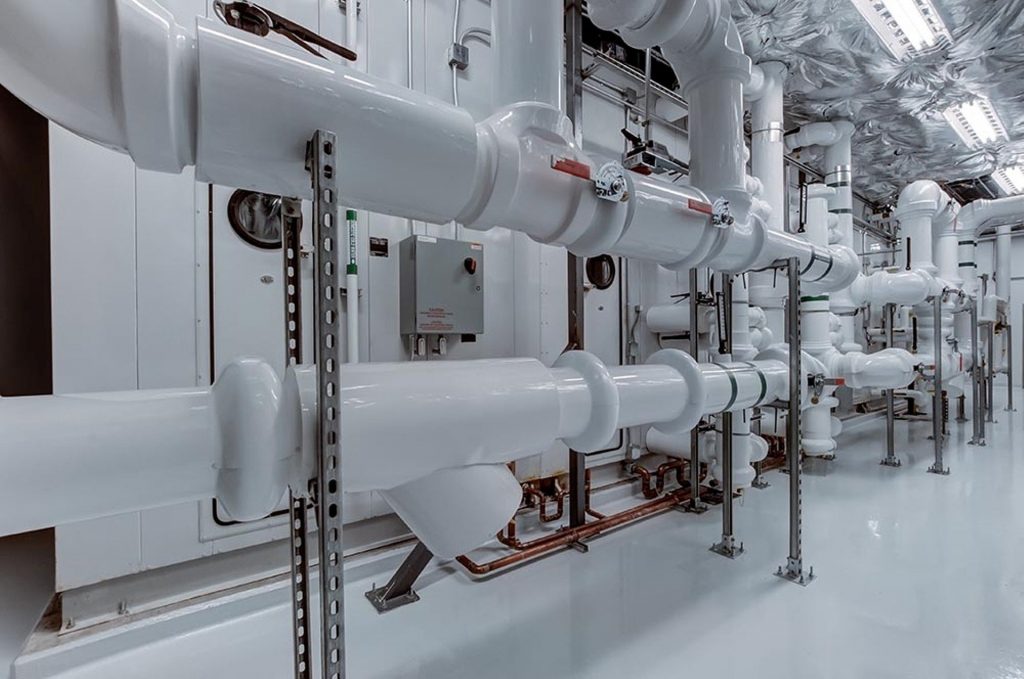
Here’s a Roundup of Our Webinar on Creating Self-Regulating Data Pipelines for a Futureproof Data Warehouse
We recently hosted the second installment of our webinar series on the essentials of data warehousing titled Futureproof Your Data Warehouse with Self-Regulating Data Pipelines. Focused on the key elements to building an automated system of data pipelines, the webinar featured Astera’s product evangelists as well as data thought leader and BI practitioner at KIS Ltd, Paul Kellett.
Here’s a round-up of the topics we touched upon and some of the questions that were answered as part of the webinar.
Why Use a Best-Practices Approach for Creating Self-Regulating Data Pipelines?
When talking about how self-regulating data pipelines can improve the overall quality of the information in your data warehouse and remove the need for manual intervention, we spoke about how using a best-practices approach ensures that your architecture does become too complex to engineer and maintain. By employing best practices when building your data pipelines, you can reuse them without manually coding your pipelines each time the underlying systems change. This type of adaptability is key to the holy grail of a futureproof data warehouse.

Since organizations today are integrating data from several different sources, we also spoke about how data pipeline orchestration ensures that all of your prerequisite processes are already executed before you add new data into your data warehouse. With the best practices approach, you can also be sure that your data architecture supports multiple data consumption methods, leaving you with a futureproof data warehouse that’s always up-to-date with high-quality data.
How to Save Time and Resource with Incremental Data Loading
As the conversation progressed to populating your data warehouse with high-quality data, we explained how incremental loading ensures that only new and updated data is propagated to your data warehouse, hence reducing the chances of redundant data. By using change data capture for incremental loading, you can also minimize spikes in load and choked resources, leaving you with an efficient and quick analytics architecture.
We also spoke about how the different types of change data capture are best suited to different situations. For instance, if you’re looking to capture the instance of a database table after a particular change has been made, a trigger-based approach to incremental loading would work best for you. Alternatively, if you want to ensure that each change is captured accurately, using a log-based approach would work better for you.
ETL vs. ELT: Which One Should You Choose?
Since both ETL and ELT data pipelines are popular options, we had a thorough conversation with Paul Kellett about choosing between the two. Paul shared some thought-provoking insights about how the right approach depends on your business requirements and how the important bit is to create self-regulating data pipelines that take away the manual effort from your tasks.
Paul also emphasized how you should ideally look for a metadata-driven data warehousing solution as these can significantly reduce the risk of errors and time that it takes to build your data pipelines regardless of the approach that you’re using.
Towards the end of the webinar, our product expert Farhan Ahmed Khan also demonstrated how Astera DW Builder’s no-code interface makes automating data pipelines easier by reducing the need to create new data pipelines from scratch every time. Complete with 400+ built-in transformations, Astera DW Builder is purpose-built for business users who can use the product enrich their data according to their needs, making it easier to extract relevant insights.
We also showed viewers how Astera DW Builder’s Job Monitor and Job Scheduler also allow you to automate and orchestrate your pipelines and track each data pipeline for issues on a real-time basis to ensure that your processes are not affected by any errors.
Interested in trying Astera DW Builder for yourself? Take our product for a test drive or get in touch to discuss your own use case with our product experts.
 NEW RELEASE ALERT
NEW RELEASE ALERT
 March 27th, 2025
March 27th, 2025 



